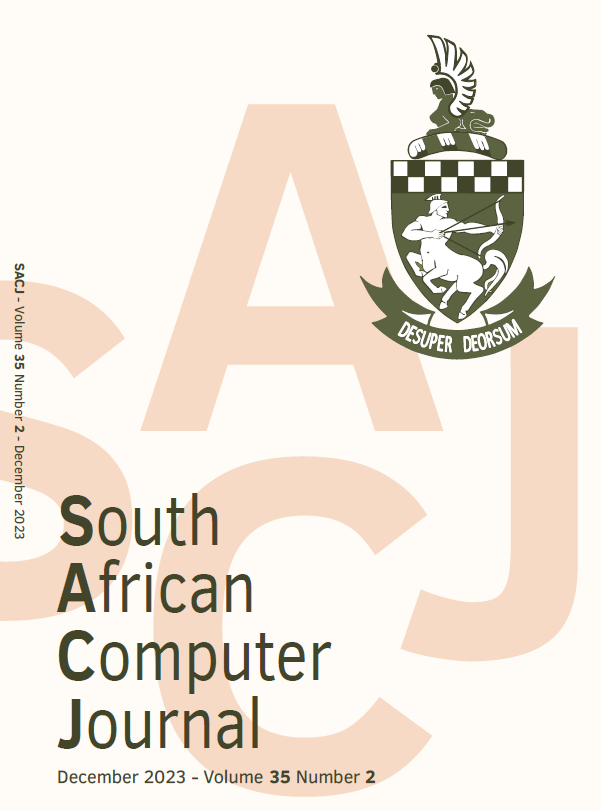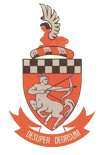Virtual learner experience (VLX)
A new dimension of virtual reality environments for the assessment of knowledge transfer
DOI:
https://doi.org/10.18489/sacj.v35i2.17442Keywords:
Augmented and virtual reality, Human-computer interface, 21st-century abilities, Learner experience, Virtual reality learning environmentsAbstract
Science educators need tools to assess to what extent learners’ knowledge can be transferred to novel real-world situations. Virtual reality learning environments (VRLEs) offer the possibility of creating authentic tools where situated learning and assessment can take place, but there is a lack of evidence-based guidelines to inform the design and development of the VRLEs focussing on the user, that is the learner experience, especially for secondary schools. Drawing on theoretical premises and guidelines from user experience, usability, and technologically enabled assessment literature, we designed, developed, evaluated, and refined a VRLE prototype for the authentic assessment of knowledge transfer in the secondary school science classroom as guided by the design science research approach. Lessons learnt from the implementation and iterative evaluation of the prototype are presented as a set of literature-based, empirically validated guidelines to support and guide educational designers and developers to create VRLEs focused on supporting the learner experience. The contribution of this study is a VRLE design model with the learner at its core, the definition of VLX to include learner-specific aspects of immersive environments, and guidelines for the development of an effective and efficient virtual reality environment for the assessment of knowledge transfer in science education.
Downloads
Published
Issue
Section
License
Copyright (c) 2023 Johanna Steynberg, Judy van Biljon, Colin Pilkington

This work is licensed under a Creative Commons Attribution-NonCommercial 4.0 International License.





.png)